Landing Zones — Stepping stones into clouds for the organizations migrating to Cloud
 Sachin Adi
Sachin AdiTable of contents
- Navigating GCP Landing Zones for Cloud Architects
- What is a GCP Landing Zone?
- Key Design Considerations for GCP Landing Zones
- 1. Organizational Structure
- 2. Network Architecture
- 3. Security Policies
- 4. Cost Management
- Using Terraform for GCP Landing Zones
- 1. Automation
- 2. Modular Approach
- Use Cases for GCP Landing Zones
- 1. Migration to GCP
- Example
- 2. Greenfield Projects
- Example
- 3. Multi-cloud Strategy
- Example
- Conclusion
Navigating GCP Landing Zones for Cloud Architects
Within the current dynamic landscape of digital transformation, cloud platforms such as Google Cloud Platform (GCP) are essential. Before growing apps, it’s critical for developers, IT managers, and cloud architects to create a secure and optimised environment. The idea of GCP landing zones is examined in this article, along with design concerns and how Infrastructure as a Code (IaaC) technologies like Terraform might streamline the procedure.
Let us consider a scenario in which the customer wants to go with the Google Cloud Platform.
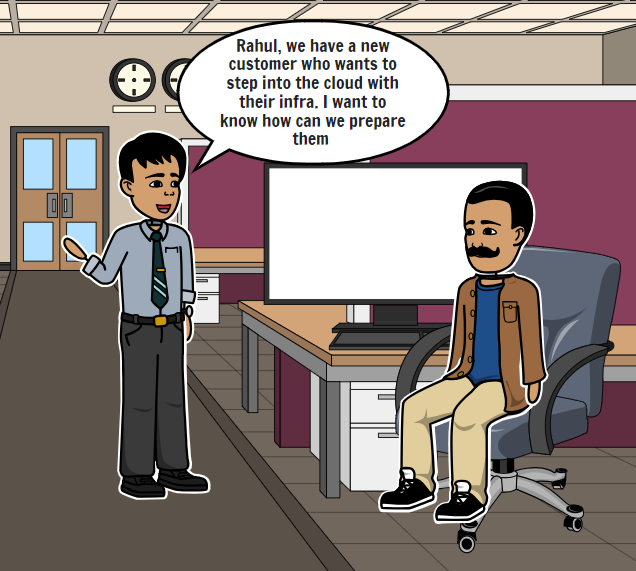
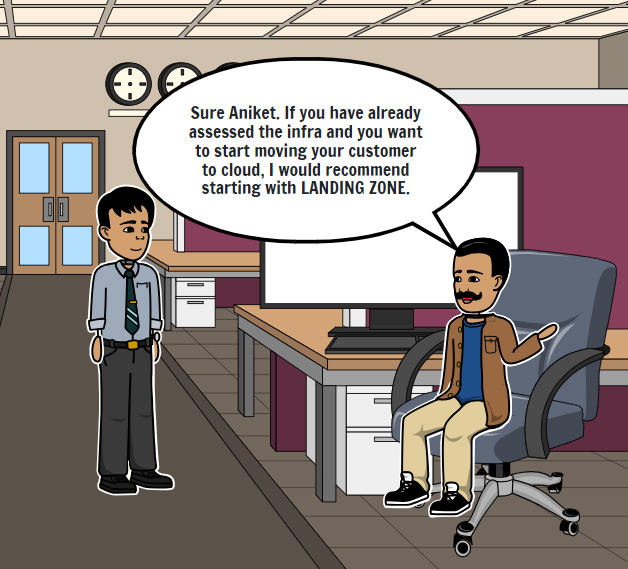
What is a GCP Landing Zone?
A GCP landing zone is a foundational framework that provides a secure, scalable, and compliant environment in GCP for hosting workloads. It acts as a blueprint for setting up your GCP environment, ensuring that best practices are implemented from day one. A well-designed landing zone includes elements such as organizational structure, network architecture, security policies, and identity and access management (IAM).
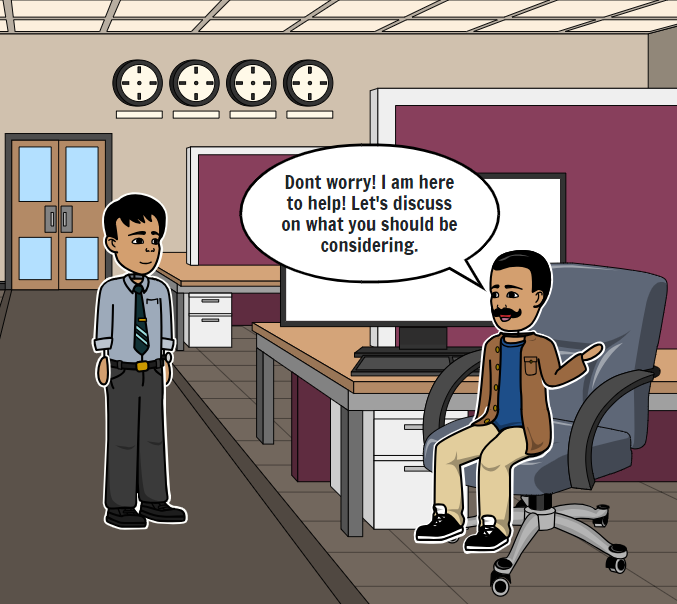
Key Design Considerations for GCP Landing Zones
Establishing a robust landing zone requires careful planning and consideration of several key factors:
1. Organizational Structure
Resource Hierarchy: Establishing an effective resource hierarchy using Organizations, Folders, and Projects is essential for managing resources, billing, and permissions.
Project Governance: Define clear project boundaries and governance rules to ensure that resources are organized logically and managed efficiently.
2. Network Architecture
VPC Design: Plan and implement Virtual Private Cloud (VPC) networks that meet your scalability and security requirements. Consider using Shared VPCs for centralized control and management.
Subnetting: Carefully plan subnets to optimize resource utilization and network performance.
Interconnectivity: Ensure seamless connectivity between on-premises infrastructure and GCP, using VPNs or Dedicated Interconnects.
3. Security Policies
IAM Policies: Implement least privilege access policies using IAM roles and permissions to secure your resources.
Logging and Monitoring: Use Stackdriver (now part of Google Cloud’s operations suite) for comprehensive logging and monitoring.
Compliance: Ensure that your landing zone meets industry-specific compliance requirements such as GDPR, HIPAA, and PCI-DSS.
4. Cost Management
Billing Accounts: Set up billing accounts and budgets to monitor and control costs effectively.
Cost Optimization: Use tools like Google Cloud’s Cost Management to identify cost-saving opportunities.

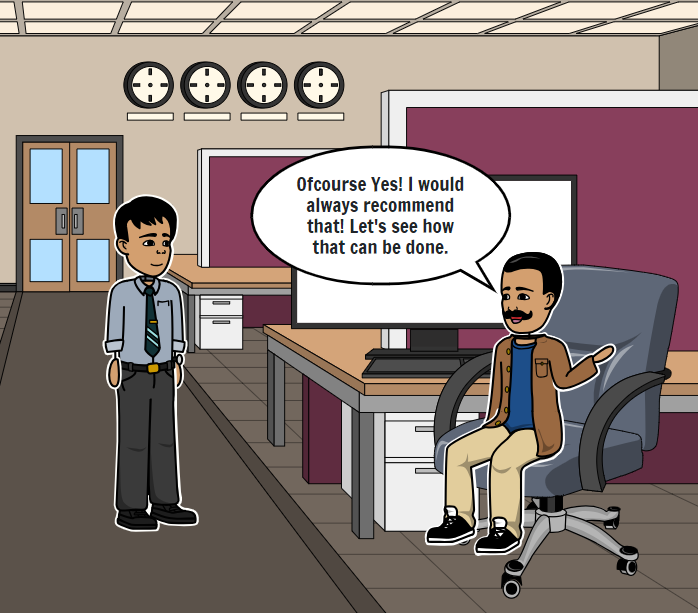
Using Terraform for GCP Landing Zones
Declarative configuration files are used by HashiCorp’s open-source Terraform IaaC tool to define and provision infrastructure in GCP. Here’s how Terraform can make setting up your GCP landing zone more efficient:
1. Automation
Infrastructure Provisioning: Automate the creation and management of GCP resources, reducing the risk of manual errors and ensuring consistency.
Repeatability: Terraform configurations can be versioned and reused, enabling you to replicate the landing zone setup across different environments.
2. Modular Approach
Reusable Modules: Use Terraform modules to encapsulate common configurations, promoting modularity and reusability.
Community Modules: Leverage community-supported modules from the Terraform Registry to speed up the development process.
Use Cases for GCP Landing Zones
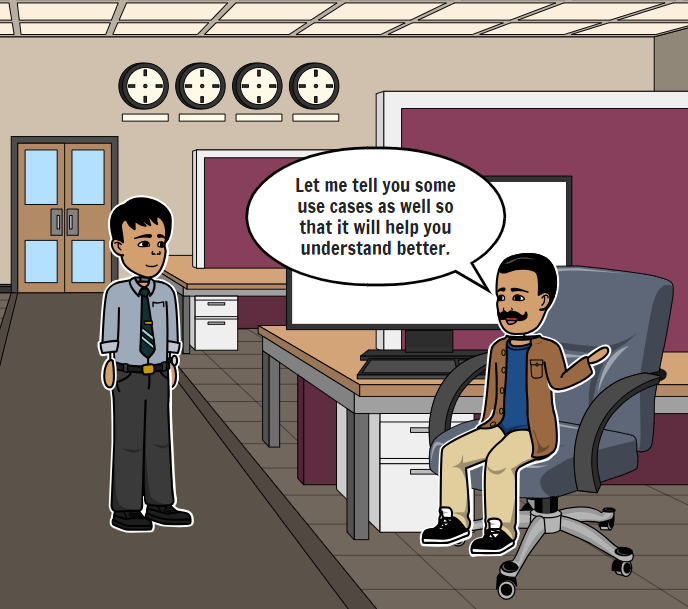
1. Migration to GCP

A well-designed landing zone facilitates smooth migration of on-premises workloads to GCP. By using Terraform, you can automate the setup of a secure and compliant environment, ensuring that all necessary resources are provisioned, and policies are enforced consistently. This minimizes downtime and accelerates the migration process.
Example
Scenario: A financial services company plans to migrate its on-premises data center to GCP.
Solution:
Define a Terraform configuration to create the required organizational structure, VPC networks, and IAM policies.
Use Terraform to provision Google Cloud Storage buckets, BigQuery datasets, and Compute Engine instances.
Implement logging and monitoring using Stackdriver to ensure compliance with regulatory requirements.
2. Greenfield Projects
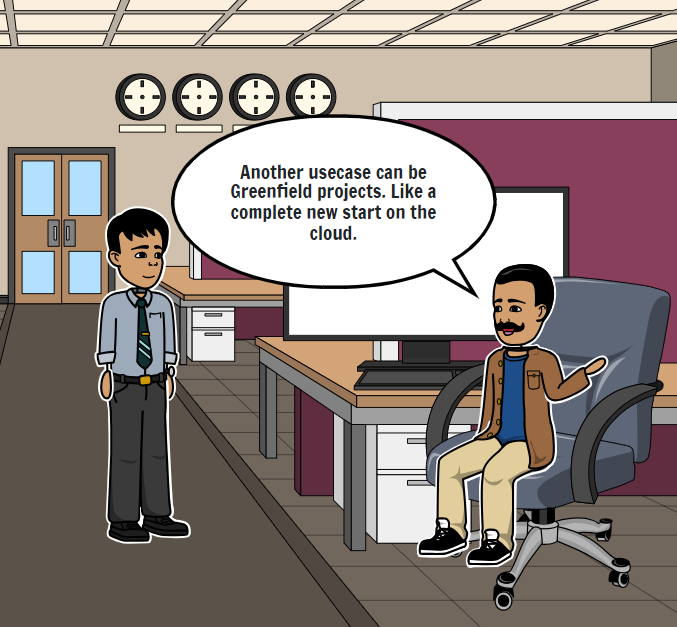
Starting new projects on GCP with a landing zone designed for security, compliance, and cost management from day one enables rapid development and deployment. A standardized environment reduces setup time and ensures that best practices are followed consistently.
Example
Scenario: A tech startup is launching a new SaaS application on GCP.
Solution:
Use Terraform to create a project structure with separate environments for development, staging, and production.
Implement VPC networks with appropriate subnets and firewall rules to secure the application.
Set up IAM roles and policies to control access to resources based on the principle of least privilege.
3. Multi-cloud Strategy

In a multi-cloud strategy, landing zones provide flexibility and consistency in deployment across different cloud platforms. By integrating GCP as part of a larger cloud infrastructure, you can leverage its unique capabilities while maintaining interoperability with other cloud services.
Example
Scenario: An e-commerce company adopts a multi-cloud strategy to ensure high availability and disaster recovery.
Solution:
Use Terraform to create and manage landing zones in GCP, AWS, and Azure.
Implement seamless connectivity between cloud environments using VPNs and Interconnects.
Standardize security and compliance policies across all cloud platforms using Terraform configurations.
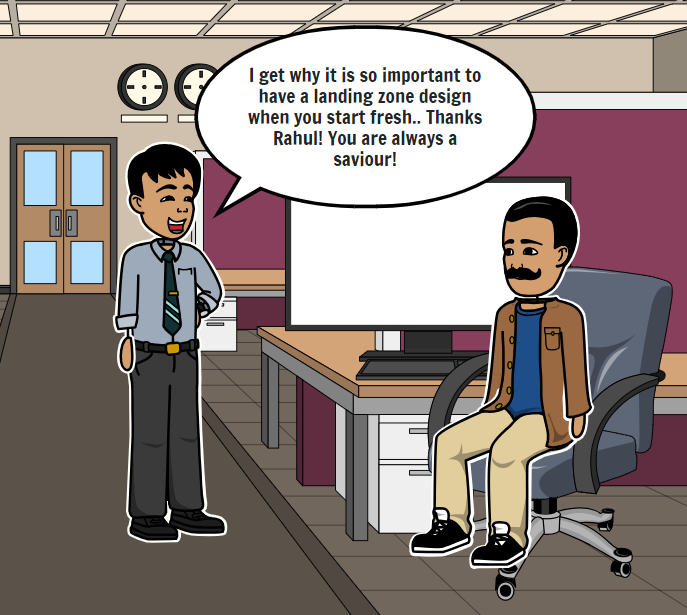
Conclusion
Establishing a strong GCP landing zone is crucial for enterprises seeking to safely and effectively harness the potential of the cloud. You can automate and standardise the setup process and make sure your environment is prepared to grow with your business demands by taking into account important design considerations and utilising tools such as Terraform.
As I always say “Happy Learning :)”.
Subscribe to my newsletter
Read articles from Sachin Adi directly inside your inbox. Subscribe to the newsletter, and don't miss out.
Written by
